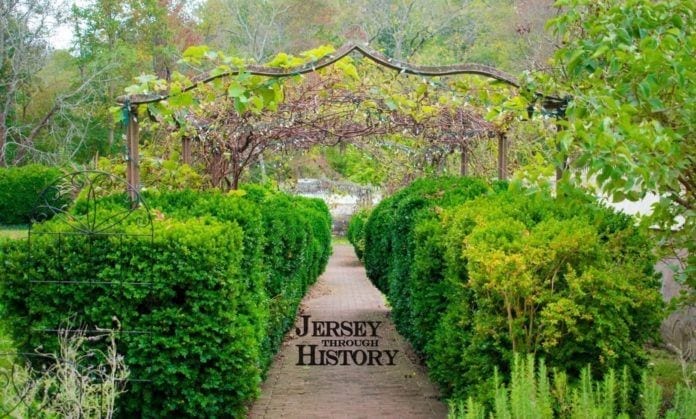The Burlington County Parks System considers Historic Smithville its centerpiece. In truth, Historic Smithville actually comes in two pieces; the area boasts a remarkable village as well as a separate 312-acre park. But no matter which part you visit, Eastampton Township houses a comprehensive record of the area’s antiquity.
Its rich backstory and influential significance makes Historic Smithville worthy of focus as this month’s Jersey Through History feature.
More from Best of NJ
Though a Delaware Indian settlement predates it, the village itself actually dates back to the 17th century. In 1676, Burlington City resident Henry Stacy purchased the “West Jersey Province” property. After his death a decade later, the property changed hands several times. Eventually it was obtained by two New Jersey brothers, Jonathan and Samuel Shreve.
Jersey Through History: Before Historic Smithville
The Shreve brothers established “Shreveville,” where Historic Smithville now stands, as a textile village in 1831. The brothers oversaw numerous operations, including a cotton spinning and weaving factory, plus a spool cotton manufactory; they also owned a calico print works and machine shop. Finally, they ran both a small sawmill and a gristmill, in which grain was ground into flour.
While business was booming, the Shreves built a Greek Revival-style mansion on the grounds in 1840. They also built 18 homes as part of the “upper village” of Park Avenue. They then built additional homes on the south side on Maple Avenue. The factory workers and their families took up residence in these homes. Roughly half of the adult females in the village worked in the factories; meanwhile, all of the children had to attend regular schooling.
The federal government lifted import tariffs on textiles in the late 1840s, and the Shreveville factories began to slow. As a result, the brothers went bankrupt. Life in the village came to a halt, though it is believed that some families remained after the factories closed.
The Origin of Smithville
In 1865, the property was purchased by inventor-industrialist Hezekiah Bradley “H.B.” Smith, who renamed the village to Smithville. In less than a year, Smith established the town’s own post office and a woodworking machinery manufacturing business.
Smith and his wife, Agnes, made other major changes to the village as well. They replaced the homes on Park Avenue and demolished the homes on Maple Avenue. Smith also brought in highly skilled tradesmen; these men worked fewer hours and were paid nearly 40-times more than the Shreves’ workers were. Agnes even helped to publish “New Jersey Mechanic,” a weekly mechanics-themed working-class journal.
During their residence in the mansion, the Smiths added rooms and connected buildings to grow the already impressive structure. Alongside typical rooms, the mansion now included a billiard room, bowling alley, poker room, and bar.
Smithville itself served as a model industrial town under Smith’s ownership. His business, the H. B. Smith Machine Company, began producing the American Star Bicycle in 1880. Though Smith died in his Burlington County village in 1887, his business lived on. His descendants even continued to live in the mansion, where Smith once resided, until 1962.
Historic Smithville in Modern Times
The Burlington County Board of Chosen Freeholders purchased Smithville, including the mansion, in 1975. It is now listed on the New Jersey and National Registers of Historic Places due to its profound past.
In addition to the village, Historic Smithville is home to a massive county park. The park incorporates a variety of habitats and terrains, and is a haven for hikers. The Historic Smithville Park houses forests, meadows, freshwater streams, wetlands, a creek shoreline and the 22-acre Smithville Lake. There are nearly five miles of trails, multiple picnic areas, a butterfly garden, a playground and more. Visitors are welcome to hike, bike, fish, canoe and picnic on the illustrious grounds.
Burlington County is more than 300 years old, with a significant history that dates back even further; Even still, Historic Smithville is one of the county’s most important elements. Though the site’s factory is now in ruins, visitors can still envelop themselves in the area’s rich aesthetic. Moreover, guided tours through the mansion are available throughout the spring, summer and fall seasons. But guests can freely roam the property on their own to best discover this part of Garden State history.
Want to continue your journey through New Jersey’s most historic sites? You can now visit Jersey Through History: The Complete Series.
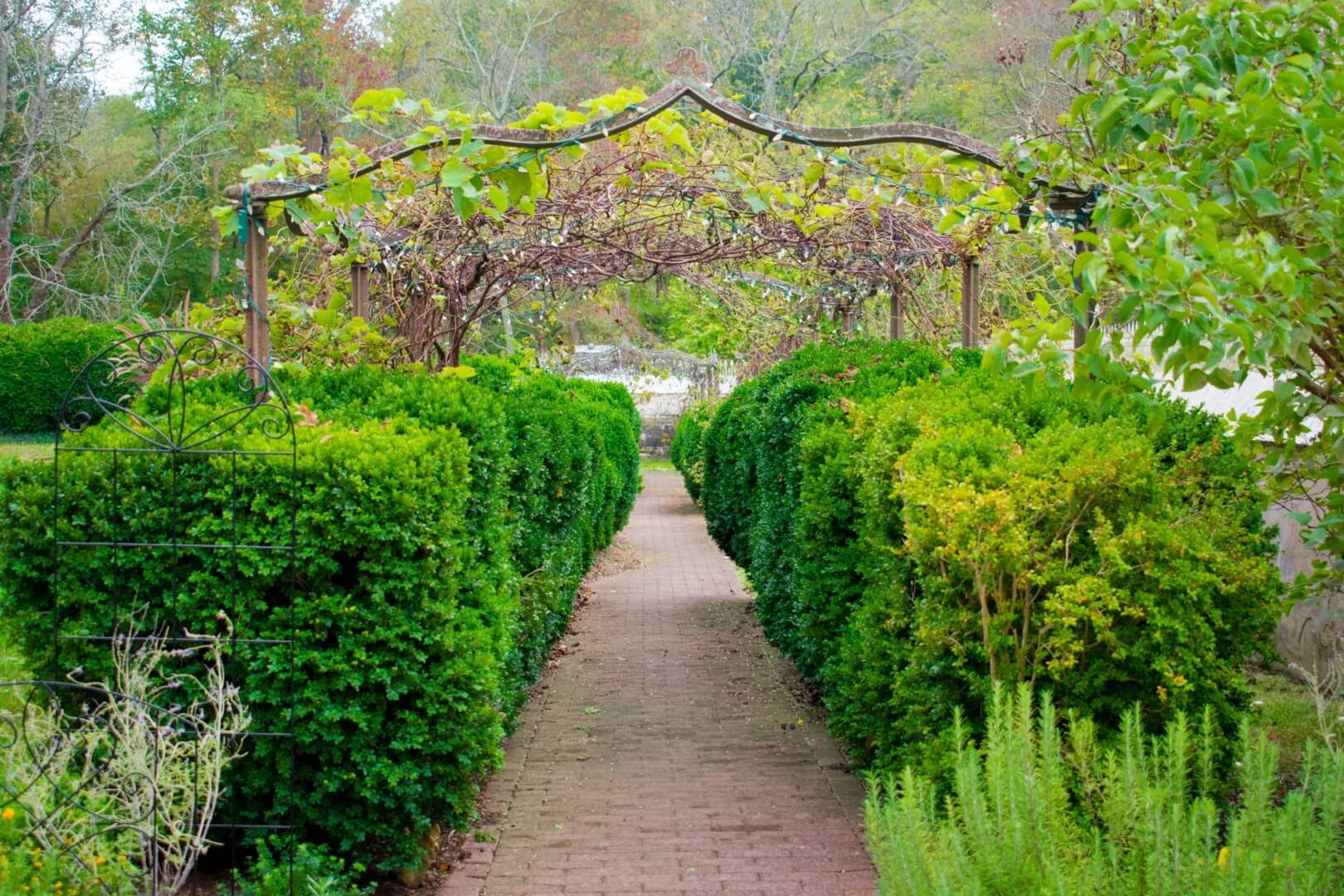


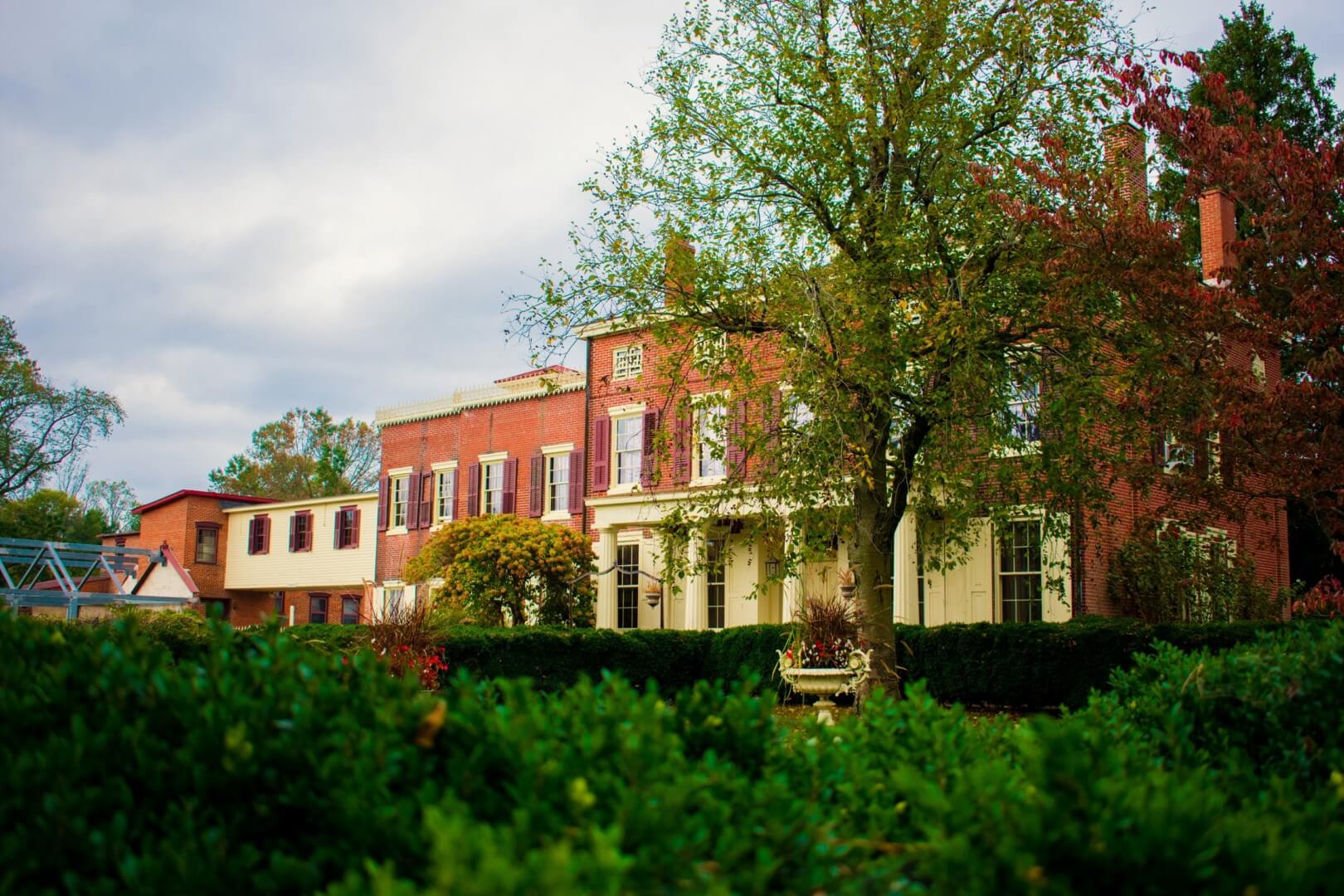

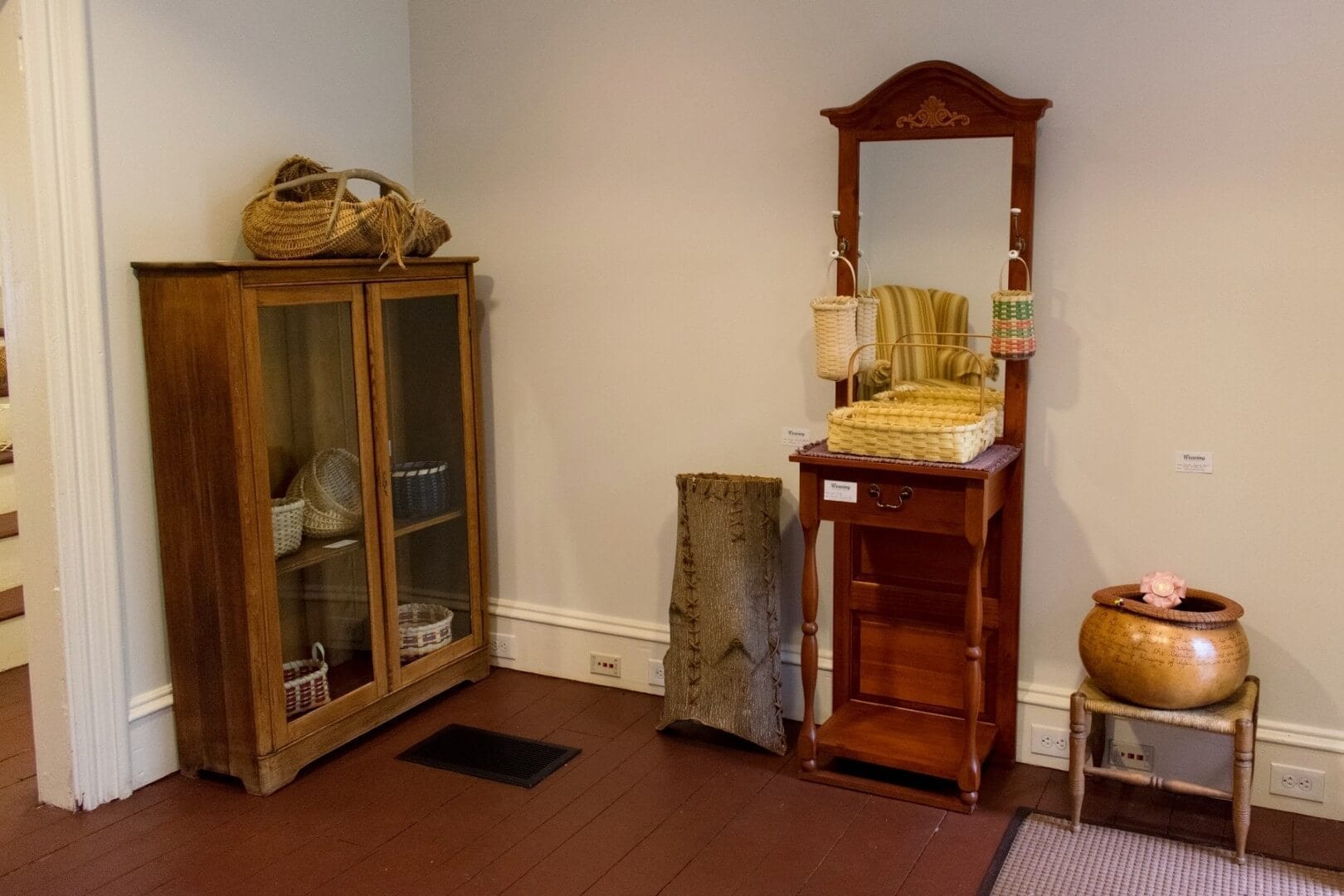
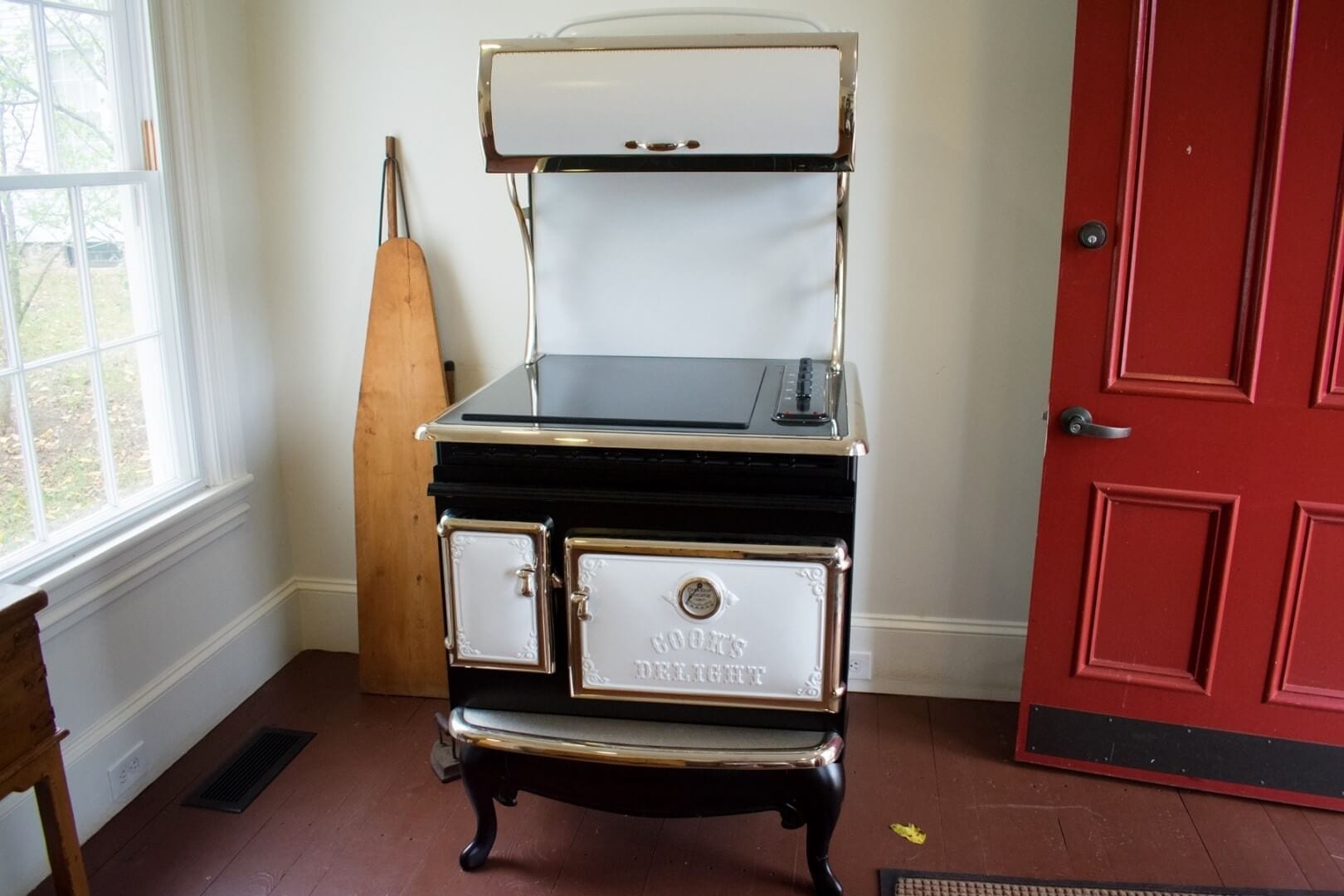
All Photos: © Patrick Lombardi / Best of NJ


